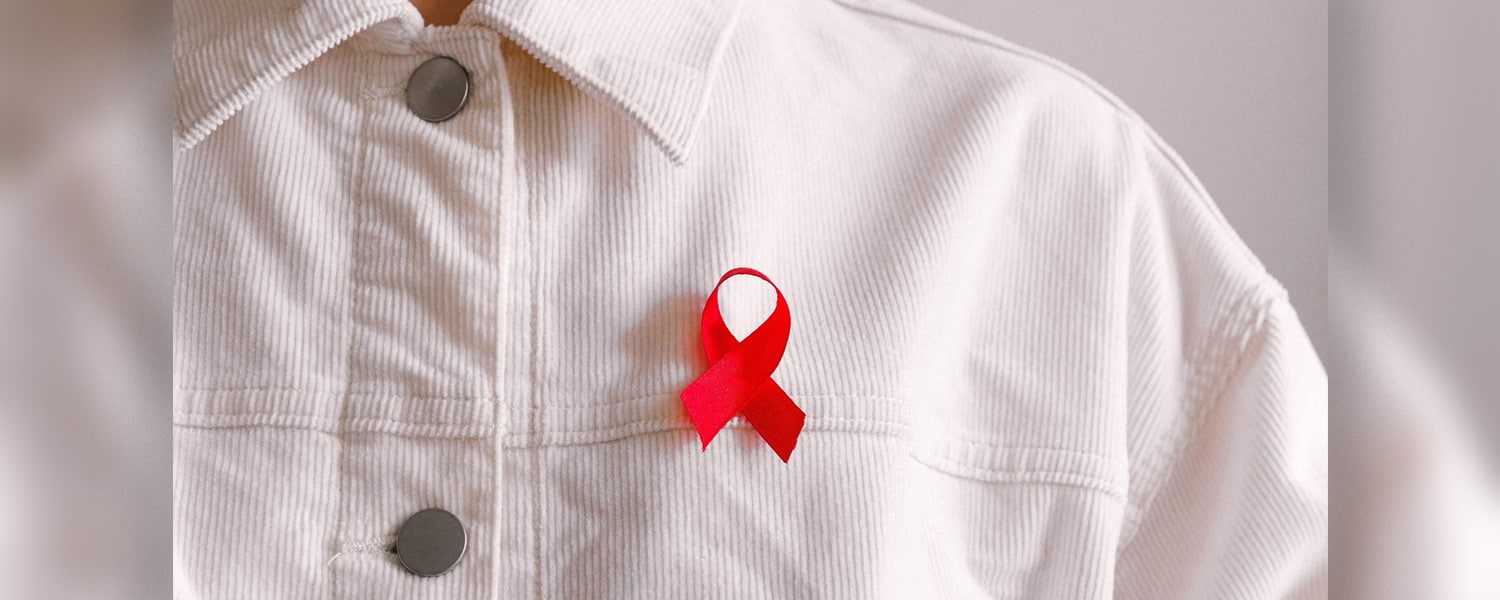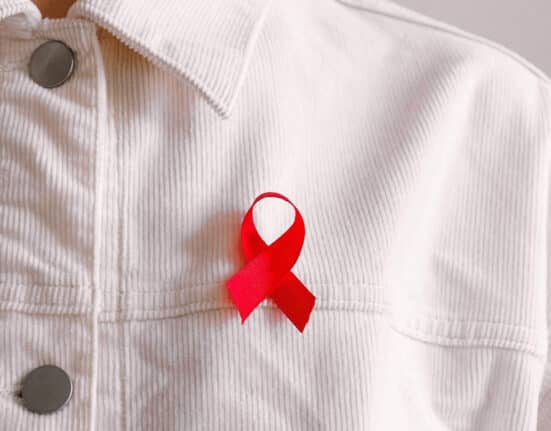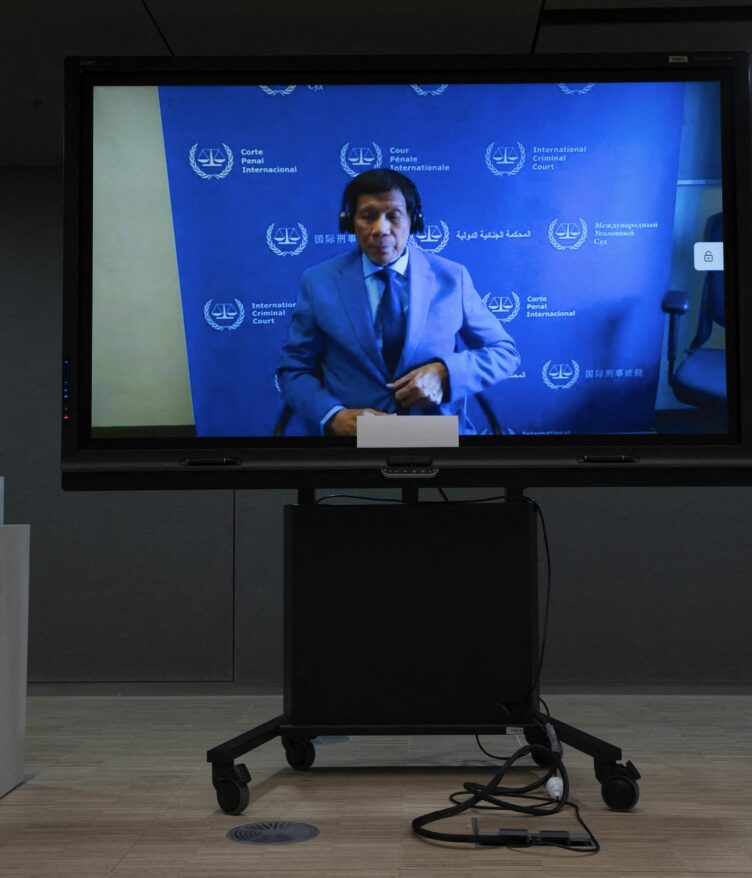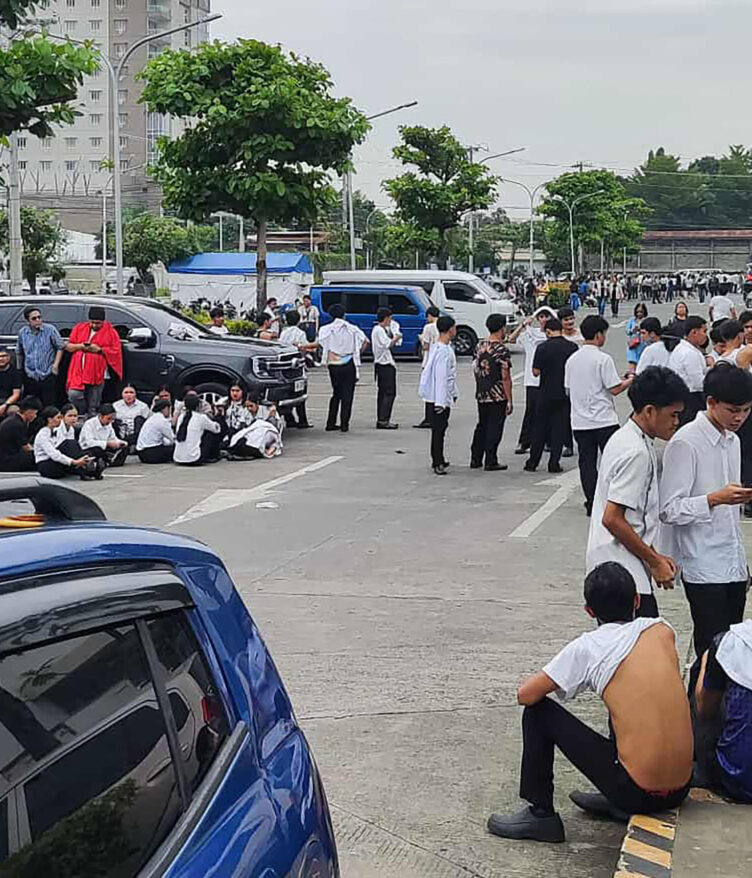EVEN though information drives about the Human Immunodeficiency Virus (HIV) and Acquired Immunodeficiency Syndrome (AIDS) have become more common, it seems Filipino women, tagged as the minority in the growing threat, are now becoming more at risk.
HIV/AIDS remains untreatable to this day, but several countries have been trying to find a cure for the virus while trying to prevent the number of cases from rising.
In the United States, March 10 is National Women and Girls HIV/AIDS Awareness Day.
In the Philippines, the DOH has developed an HIV, AIDS, and STI Prevention and Control Program, which seeks to reduce the transmission of HIV and sexually transmitted infections in the country, especially in high-risk areas.
The program includes counseling, distribution of contraceptives, and providing treatment for Filipinos with HIV.
But are Filipino women losing the fight against HIV/AIDS?
HIV cases
According to recent data provided by the Department of Health (DOH), there were 1,454 confirmed HIV-positive individuals reported to the HIV/AIDS and ART Registry of the Philippines (HARP) in January. This brought to 110,736 the number of cases since the first detection of the virus in the country in 1984.
This means that the country is recording an average of 46 HIV cases daily.
SUGGESTED STORIES:
Three killed as major quake strikes southern Philippines
Mati, Philippines: A powerful magnitude-7.4 earthquake struck off the southern.
ICC rejects release bid from ex-Philippines president Duterte
The Hague, Netherlands: Former Philippines president Rodrigo Duterte will remain.
Major quake strikes off southern Philippines
Davao, Philippines: A powerful magnitude-7.4 earthquake struck off the southern.
Of the new cases, 71 women were newly diagnosed with HIV, almost double compared to the 41 cases recorded in December 2022.
This is about 5 percent of the total number of HIV cases in the country, the DOH said.
The DOH noted that 66 of the 71 women diagnosed with HIV had acquired the virus through male-female contact, while four had contracted the infection through mother-to-child transmission.
The report was released a day before the commemoration of National Women’s Month in the country.
Pregnant women with HIV
According to the HARP data from the DOH, there were six HIV-positive women who were pregnant at the time of diagnosis. The age of these pregnant women when they were diagnosed ranged from 21 to 34 years old.
Since 2011, a total of 724 diagnosed women have reported being pregnant at the time they were told they had HIV, it said.
Transactional sex
The DOH likewise reported that a total of 11,748 HIV-positive individuals who were registered to HARP from December 2012 to December 2022 were infected by HIV while engaging in transactional sex, with 3 percent of the total composed of women.
Transactional sex is a sexual activity where people report that they either pay for sex, regularly accept payment for sex, or do both.
The role of antiretroviral therapy
Since medications for the virus are still being formulated, only antiretroviral therapy is prescribed for HIV-positive individuals.
The National Institutes of Health said that HIV patients will need to be on treatment for seven to 12 months in order to achieve a persistently undetectable viral load. To have an undetectable viral load for an extended period of time, each pill must be taken on a daily basis.
Antiretroviral therapy is a type of HIV treatment used to efficiently lower viral loads, maintain or strengthen immune function, and reduce the risk of malignancies and viral diseases that are frequently linked to HIV. HIV-positive people are more likely than non-positive people to get tuberculosis (TB).
TB is one of the primary causes of death from HIV/AIDS globally.
The World Health Organization said HIV suppression with antiretroviral therapy also reduces immune activation-related inflammation that is linked to persistent HIV infection, which increases the risk of end-organ diseases such as cardiovascular, renal, neurological, and other disorders that are common in HIV-positive individuals.
The HIV medication helps the patient maintain their health by lowering the level of HIV in their body.
In the Philippines, the DOH said that there were 1,299 Filipinos with HIV who enrolled in the treatment in January. This is a slight increase compared to the 1,047 HIV individuals enrolled in December 2022.
At present, some 2,310 Filipino women with HIV are still living while taking antiretroviral therapy, the DOH said.
How useful was this post?
Click on a star to rate it!
Average rating 0 / 5. Vote count: 0
No votes so far! Be the first to rate this post.
We are sorry that this post was not useful for you!
Let us improve this post!
Tell us how we can improve this post?









